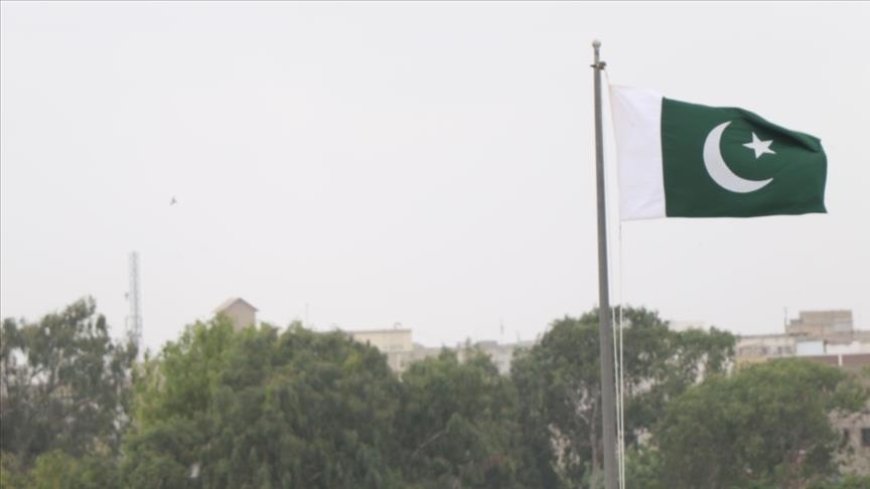Pakistanis Lose Hope in Country’s Economy Ahead of Election

Pakistanis are more discouraged than they have been in decades about a multitude of economic, political, and security challenges that are threatening their country’s stability ahead of the election on Thursday, Gallup surveys show.
The country’s failing economy will likely be central to the vote, although it is far from the only issue on the electorate’s minds, Gallup’s Hashim Pasha and Benedict Vigers said in the report published on Tuesday
In late 2023, Pakistanis were more pessimistic about their economy than they have been at any point in the past 18 years that Gallup has polled them.
A record-high 70% said economic conditions where they live are getting worse.
Inflation reached 29.7% in December, and the Pakistani rupee was Asia’s worst-performing currency last year.
Pakistan struggled to remain solvent in 2023, finding relief only through an IMF program and financial assistance from traditional allies China, Saudi Arabia and the United Arab Emirates.
As the country’s macroeconomic conditions have deteriorated, so too has the more microeconomic outlook of its people.
In 2023, record-high numbers of Pakistanis thought that both their local economy (70%) and their personal standard of living were getting worse (61%).
As high inflation rates eat away at people’s incomes, Pakistanis are increasingly finding it hard to make ends meet: 49% last year found it “very difficult” to get by on their present income, another record high.
The political atmosphere ahead of Pakistan’s first general election since 2018 is equally as glum as the economic one. Seven in 10 Pakistanis lack confidence in the honesty of their elections.
While this ties previous highs, it nevertheless represents a significant regression in recent years.
Moreover, Pakistanis grew increasingly hostile toward migrants last year. 37% believed that immigrants living in Pakistan was a “good thing,” down significantly from 2022 (53%) and back in line with the figure from 2016 (37%).








